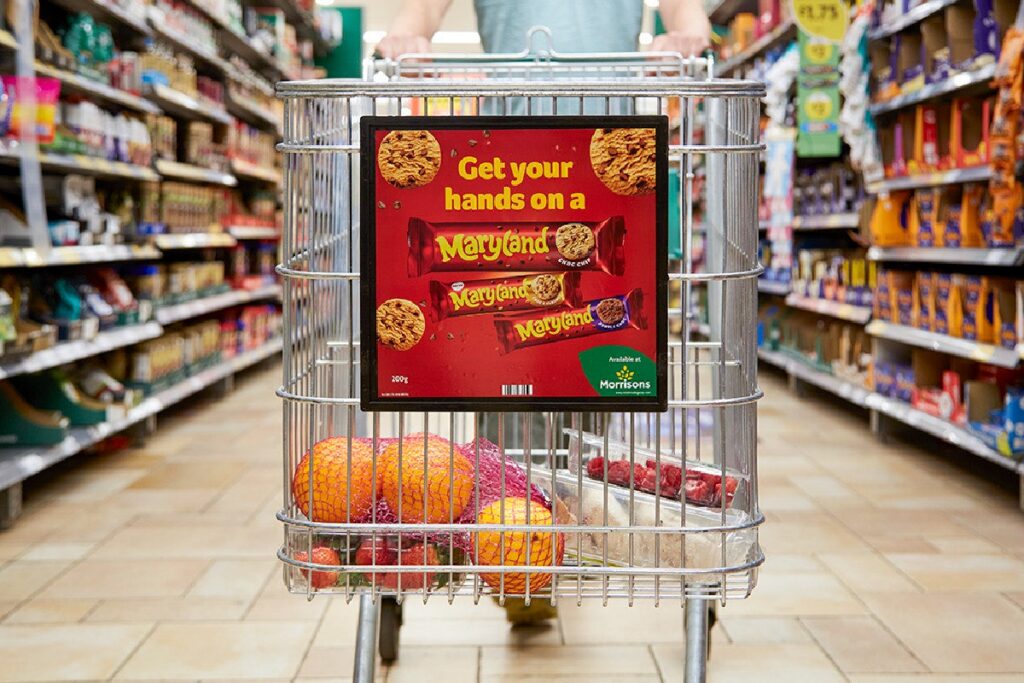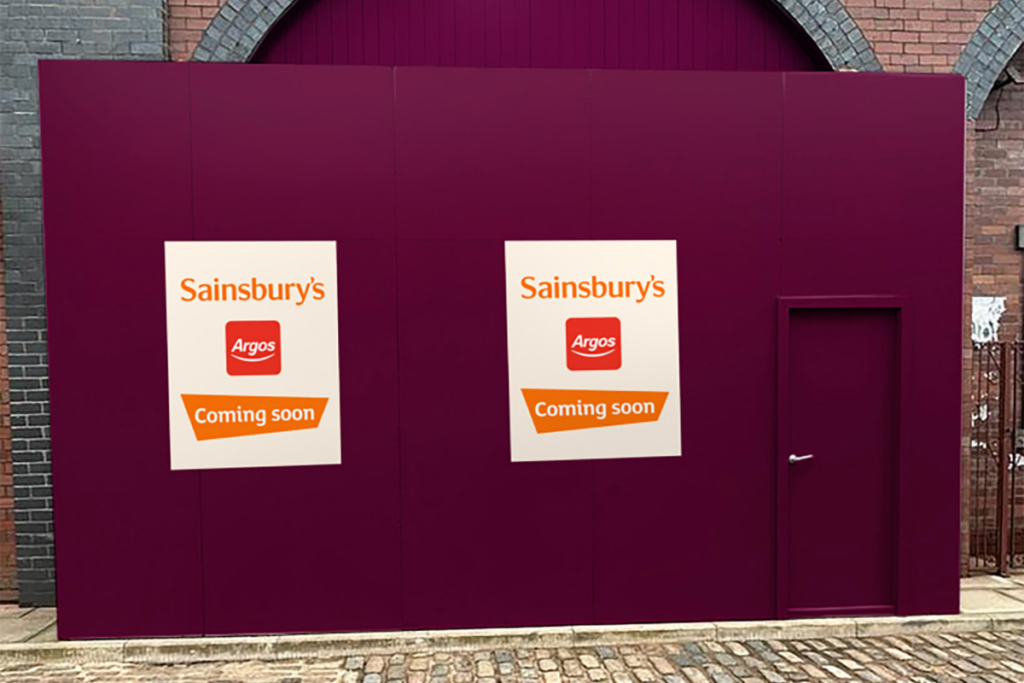Heikki Haldre, co-founder of virtual fitting room provider Fits.me, discusses the key consumer behaviour trends retailers should be aware of when designing their ecommerce strategy.
There‘s an avalanche of statistics available looking at ecommerce transactional data. Many of these have been widely and repeatedly referenced, but infrequently challenged and even less frequently updated. And very few of these statistics look into shoppers‘ attitudes and behaviours when it comes to online shopping.
But if we take a minute to look at things from a shopper‘s point of view, we can shed more than a little light on how to form successful ecommerce strategies that will best connect with consumers. That‘s exactly what we have just done: via independent research company Redshift we asked more than 1,000 UK adults that shop online about their most recent online shopping experience. The results are interesting; in some cases conventional wisdom is reinforced, but in others it is questioned.
Three key trends emerged from the results, offering an insight into consumer behaviour which, when considered together, can help retailers to build an effective ecommerce strategy.
1. Price is still the biggest motivator
It might be disappointing to find, after all these years and after significant online/offline price convergence, that the ability to shop around for the best price is the primary reason for online shopping. Almost one-third of shoppers gave this response – more than the next two reasons combined.
The inference is that retailers cannot create amazing online experiences if the result of doing so is a need to charge uncompetitive prices – it is simply too easy for shoppers to click away to a competitor. The advent of specialised visual search engines, enabling shoppers to ‘find similar items‘ with a single click will only make it easier.
Nonetheless, the onus remains on retailers to connect with shoppers in a more meaningful way: by offering services that reflect brand values, such as reliable delivery options; or offering a personalised service such as outfit suggestions. Price is a significant driver, but retailers can build brand loyalty and encourage shoppers to choose their website for the experience.
2. “Mobile” still just means “portable”
Our research found that over 95% of online clothes shoppers made their most recent purchase over Wi-Fi, either from home or from work. While tablet shopping is demonstrably on the rise, most consumers still use these devices to shop online at home – as laptop or desktop substitutes. In fact, only three people of the 1,027 surveyed last purchased over a 3G or 4G connection.
Yet it is also known that 30% of transactions are made from mobile devices. It seems that retailers need to balance the needs of the overwhelming majority of their shoppers, with the needs of the small minority that account for the not-so-small minority of transactions, against a backdrop of rapid change. This requires retailers to know their shoppers and the demography of those shoppers very well, since our research showed marked differences by age-group and gender.
3. The multiple-size order problem is significant but resolvable
A big problem for consumers shopping online remains the fact that they don‘t know how the clothes will fit on them when they arrive. One consequence of this is that plenty of shoppers now admit to making the most out of free delivery and returns by purchasing several sizes and keeping one – 31% of shoppers admit to having done this. They also do this with almost no feelings of guilt over the costs incurred by the retailer (which ultimately will be paid for by the customer) or the cost to the environment of excess deliveries and collections.
There is a number of tactics available to retailers to give the shopper
RELATED STORIES

















